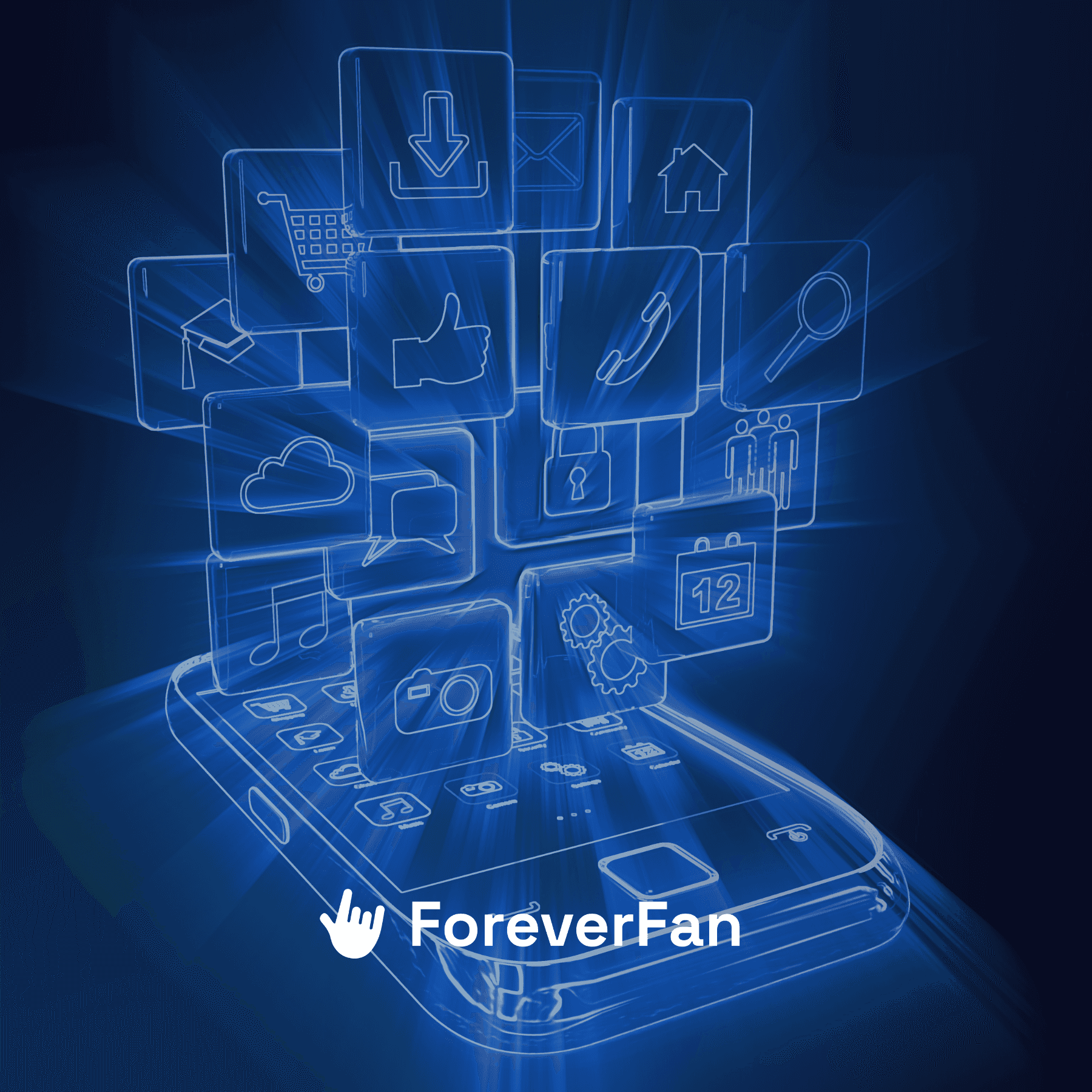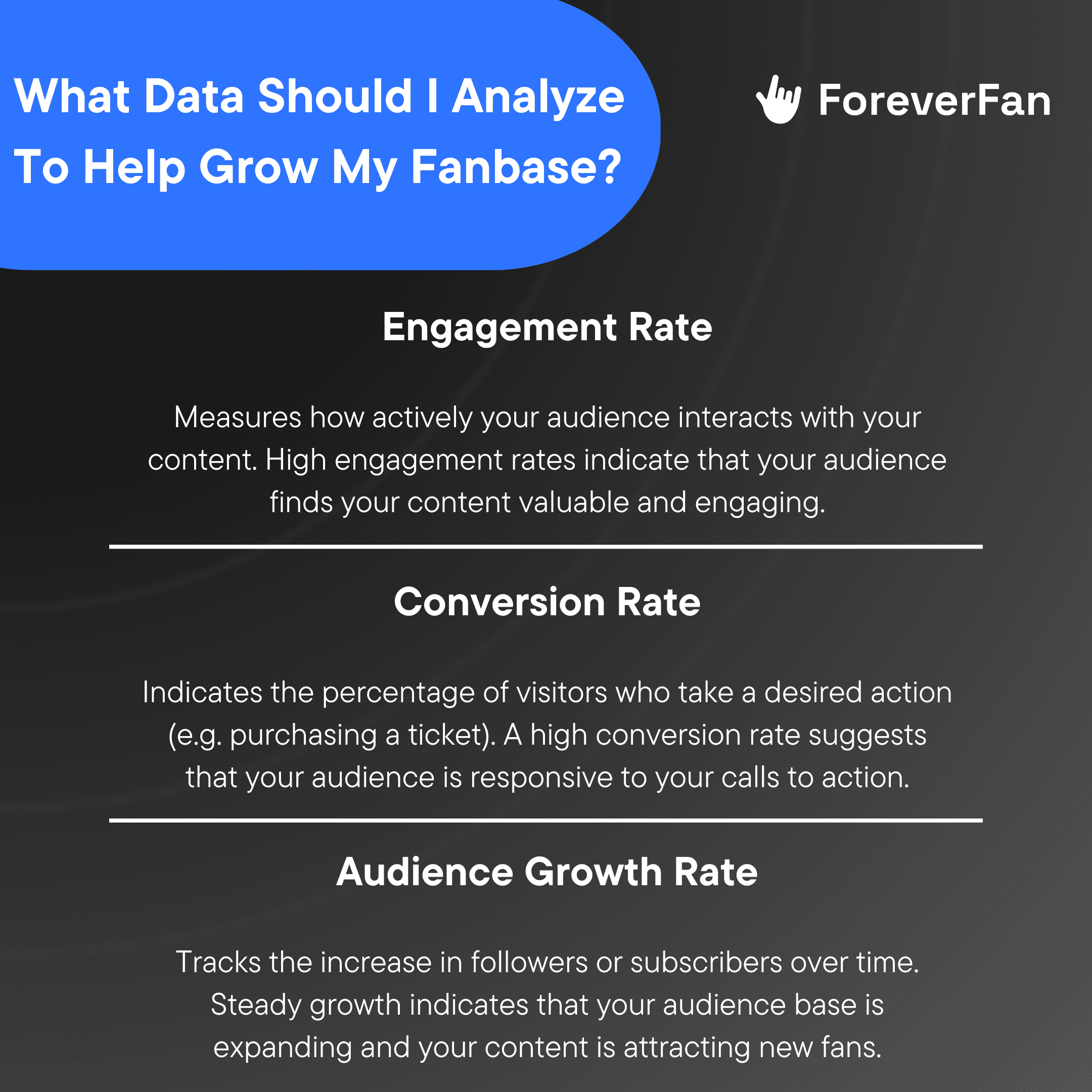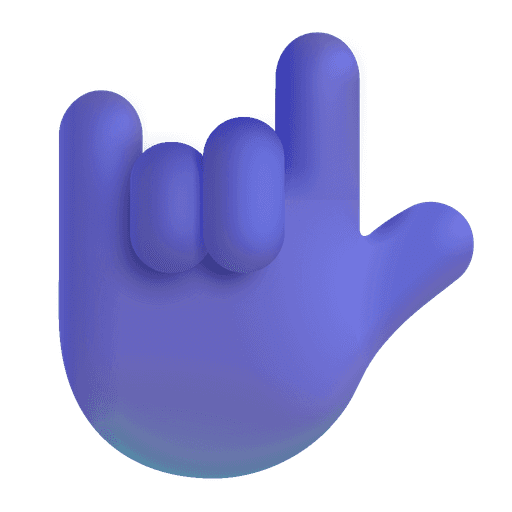Find Your Fans: The Best Advertising Platforms for Musicians Explained

Advertising plays a crucial role in a musician's success, helping to reach new audiences and build a fanbase. Choosing the right advertising platform can make a significant difference in the effectiveness of your campaigns. This guide explores the pros and cons of various advertising platforms to help you make an informed decision.
Facebook (Meta)
Facebook is a popular platform for musicians to advertise, thanks to its large user base and detailed targeting options. You should be able to consistently get good conversions if your content and music is strong and this can help build up some solid retargeting sets across all platforms after some initial experimentation.
Pros
Facebook has over 2.8 billion active users, offering a vast audience.
Allows for targeting based on demographics, interests, and behaviors.
Features like events, pages, and groups can foster engagement and community building.
Offers a range of budget options, starting from as little $2 per day, making it accessible for indie musicians.
Great for artists that are not as active on other platforms such as TikTok and YouTube.
Cons
There are limited targeting options via keywords when targeting specific artists who are on the rise or are in a specific niche/genre.
High competition can drive up costs and reduce ad visibility.
Users may experience ad fatigue due to the platform's saturation with advertisements.
Meta keep changing available keywords, which could result in situations where keywords that are working for you could suddenly be removed.
Ongoing privacy issues may affect user trust and engagement.
Best Practices for Facebook Ads
95%-98% of the time you will be creating Traffic Ads, with a call to action sending potential fans to a landing page you've set up to capture their information and check out your music. This method traditionally gives you the best Cost-Per-Clicks and Click-Through-Rates when running and optimizing your ads.
If your chosen target genre or similar artists are too niche and not available as keywords then you need to pivot to target lifestyle keywords. Ask yourself what else is a fan of this niche/artist into? Sports, sport teams, video games, etc. Meta can also suggest keywords for you if you give it something to go off.
Ensure that you test different ad formats (carousel, single image, video) to see what works best. It 's also worth leveraging Facebook’s Lookalike Audiences to reach new fans similar to your current followers.
Instagram (Meta)
Similar to Facebook, Instagram is a popular platform for musicians to advertise, thanks to its large user base and detailed targeting options. Not to mention it is known for its visual appeal and is especially popular among younger audiences. You should be able to consistently get good conversions if your content and music is strong and this can help build up some solid retargeting sets across all platforms after some initial experimentation.
Pros
Great for sharing music videos, album covers, and behind-the-scenes content.
High engagement rates, especially with Stories and Reels.
Offers a range of budget options, starting from as little $2 per day, making it accessible for indie musicians.
Great for artists that are not as active on other platforms such as TikTok and YouTube.
Easy to collaborate with influencers to reach broader audiences.
Cons
Frequent changes to the algorithm can affect ad performance.
There are limited targeting options via keywords when targeting specific artists who are on the rise or are in a specific niche/genre.
Meta keep changing available keywords, which could result in situations where keywords that are working for you could suddenly be removed.
High competition can drive up costs and reduce ad visibility.
Users may experience ad fatigue due to the platform's saturation with advertisements.
Best Practices for Instagram Ads
95%-98% of the time you will be creating Traffic Ads, with a call to action sending potential fans to a landing page you've set up to capture their information and check out your music. This method traditionally gives you the best Cost-Per-Clicks and Click-Through-Rates when running and optimizing your ads.
If your chosen target genre or similar artists are too niche and not available as keywords then you need to pivot to target lifestyle keywords. Ask yourself what else is a fan of this niche/artist into? Sports, sport teams, video games, etc. Meta can also suggest keywords for you if you give it something to go off.
Utilize Instagram Stories and Reels to engage with your audience as these formats often have higher engagement rates. Post consistently and maintain a cohesive aesthetic as this helps in building a recognizable brand.
TikTok
TikTok has quickly become a favorite for musicians aiming to go viral, particularly among Gen Z. Running ads on TikTok is best fort artists who are already killing it on the platform or artists who are very keen to make an effort and get started on the platform.
Pros
Cheaper than other ad platforms when you nail an ad (even as low as $0.15/$0.10 CPC in the US).
It’s the only platform where you can optimize for followers.
Short-Form Content makes it perfect for music clips and teaser ads.
Users are highly engaged, often participating in trends and challenges.
Offers a variety of creative tools to make engaging content.
Cons
Ads are more expensive compared to other platforms, with a minimum spend of $20 per day.
Virality is often unpredictable and can be difficult to replicate.
You need to be active on TikTok and already be making great, engaging content.
The audience demographics skews younger, which might not be ideal for all artists/music genres.
Limited ad formats compared to other platforms.
Best Practices for TikTok Ads
We advise running Traffic Ads as opposed to Conversion Ads due to the Cost-Per-Click being far cheaper based on observations from artists we've worked with. When setting up your traffic ads make sure that only TikTok is selected. You don't want to run to the newsfeed app series.
We recommend that you leave on user comments and video download options as this makes the video look a lot more organic to people because your ad is going to show up on people's "For You" pages. When people are seeing videos on their "For You" page they are used to being able to comment and they're used to being able to download the video. This makes your ad look as organic as possible.
YouTube
YouTube is the go-to platform for music videos, making it an effective supplementary advertising platform for musicians to run alongside your primary advertising platform (in tandem with FB, IG, TikTok).
Pros
You can target almost any artist (any channel with 1k+ subs and is monetized).
YouTube doesn’t make many changes to its ad platform for you to re-learn (unlike Meta & TikTok).
Potential to earn revenue from ads on your videos wit YouTube monetization.
As part of Google, YouTube benefits from strong SEO and search capabilities.
Great for brand awareness.
Cons
Expensive conversions ($1.80/$2/$3 CPC is typical).
Many users skip ads, reducing the effectiveness of some formats.
High-quality video content can be costly to produce.
Works best as a supplementary advertising platform to run ads alongside a primary platform like IG, requiring a larger budget.
Best Practices for YouTube Ads
Build your placement list. Placements are where your ad will get placed, so if you click on a video and see an ad there, that ad was placed there by targeting and placements. These decide who gets to see your videos.
We recommend making a list of 1500-2000 video links to relevant artists and channels in a spreadsheet. This is because Youtube is based on bidding, so you might bid 5 cents for placement, and getting 1500 links will vary your bidding and give you more chances to get placed. Building the list in a slow way means looking at relevant videos, putting them in a google sheet, and finding suggest similar videos.
Websites like Tubesift can make this process go way faster and build you a list quickly. It also lists data for videos and is great for building out a large list fast. Keep it to song and music videos for running ad placements as you’re capturing people who are in that space.
Once your ads have been running for a few days you will want to find any placement ads that have less than a 30% view rate. These are ads that are not performing well and you want to cut off. Before making this decision ensure that the ad gets to 10 impressions first. This will make sure enough people see it to decide whether or not it’s at the view rate that you want.
Spotify
Spotify is a key player in music streaming, offering unique advertising opportunities directly to music listeners.
Pros
Reach listeners already engaged with music.
Target ads based on listening habits and demographics.
Gain visibility through playlist sponsorships.
Non-intrusive audio ads that integrate well with the listening experience.
Cons
Can be relatively expensive, especially for smaller artists (starting from $100).
The ads you can run are limited to audio and some display ads.
There's high competition for attention with major labels and established independent artists.
Best Practices for Spotify Ads
Use Spotify’s targeting options to reach your ideal audience based on listening habits and demographics. Ensure your audio ads are high-quality and professional. Clear and engaging audio is crucial. Consider sponsoring playlists that align with your music genre to increase visibility. Write creative and engaging scripts for your audio ads. Make sure your message is clear and compelling.

Conclusion
Choosing the right advertising platform depends on your target audience, budget, and the type of content you create. Facebook and Instagram offer powerful targeting and engagement tools, while TikTok provides unique opportunities for viral content. YouTube is essential for video promotion, and Spotify connects directly with music listeners.
Understanding the pros and cons of each platform will help you make an informed decision and maximize your advertising efforts. Whether you’re just starting out, or you’re already established and looking to maintain your momentum, ForeverFan is designed to support artists at all levels of their career to help grow and nurture your fanbase.
We have a range of smartlinks available to you to make effortless fan conversion campaigns. From ForeverSave links that allow fans to presave all your future releases with one click to fully customizable link-in-bios that are finely tuned for fan behavior and conversions, we've got you covered.
Beyond that, our centralized system consolidates all fan information into one streamlined software to help you make decisions faster and grow quicker. Not to mention that we even have complete step-by-step guides for setting up, testing and optimizing your ads.
Click here to get started today.
———————————————————
Get More Help With Finding Your Fans…
Find Your Fans: How to Build a Fanbase from Scratch
Find Your Fans: A Musician's Guide to Understanding and Engaging Your Target Audience
Find Your Fans: The Ultimate Guide to Running Music Ads
Find Your Fans: A Musician's Guide to Creating Compelling Ad Content
